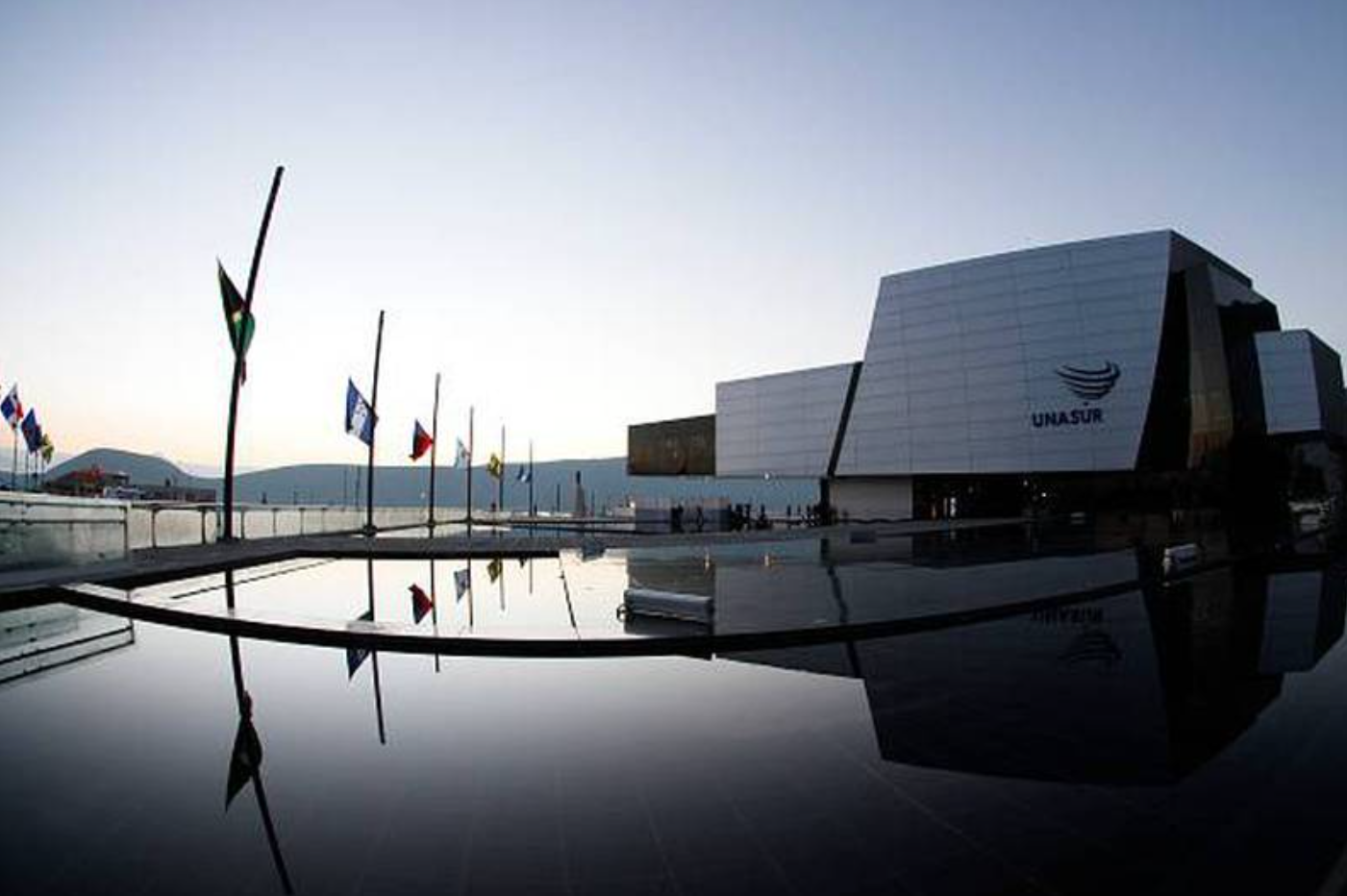A year ago, seven former Latin American presidents and eleven former foreign ministers (as well as other former ministers and deputies) sent an open letter to the sitting South American presidents. In this letter, they call for the Union of South American Nations (UNASUR), which, in their opinion “is the best platform to reconstitute a space for integration in South America”. Referring to a very legalistic study by former Ecuadorian Foreign Minister Guillaume Long, the signatories argued that “UNASUR still exists”. In the following months, several Latin American presidents declared on different occasions that they wanted to advance South American integration and rejoin UNASUR. When President Lula invited his counterparts to Brasília at the end of May 2023, the general expectation was that it would be the much-announced re-launching of UNASUR. On the day of the meeting, El País published an emphatic appeal by former UNASUR Secretary General Ernesto Samper entitled “El necesario resurgimiento de Unasur” (The necessary resurgence of Unasur).
But in the final declaration of the presidential meeting in Brazil, the so-called Brasília Consensus, there is not a single mention of UNASUR. Instead, the presidents agreed to “establish a contact group, headed by the foreign ministers, to evaluate the experiences of the South American integration mechanisms and to draw up a road map for the integration of South America, to be submitted to the consideration of the heads of state”. Four months later, on October 5, the road map was approved by the South American governments. Again, there is no reference to UNASUR. Instead, the roadmap proposes to “prioritize concrete initiatives, with a positive impact on the living conditions of the populations and that do not duplicate efforts already underway in other cooperation mechanisms.” It also proposes strengthening dialogue in specific areas and establishing a calendar of sectoral meetings.
Despite the declarations and studies that supposedly show that UNASUR is alive, there are no signs of resurgence or life. Unasur resembles a ghost that appears occasionally on the horizon but then vanishes into thin air. The roadmap for South American integration does not define UNASUR as its ultimate goal. Instead, there are signs of a reorientation of the debate on South American integration based on past experiences. In a context of political polarization between right-wing and left-wing governments, UNASUR lost momentum when the preferences of member states began to diverge as to the objectives and strategic value of the regional organization. UNASUR’s fate was sealed when Venezuela blocked the election of a new secretary-general to avoid any risk that he might criticize the regime.
The outcome of the Brasília summit demonstrates the failure of a magical regionalism approach tinged with nostalgia that assumes that mere will and imagination will drive integration, ignoring a harsh prosaic reality. Grandiloquent declarations by former presidents are not enough to move the integration process forward if incumbent politicians do not agree on the path and objectives of integration. For example, at the Brasília summit, with the words “enough of institutions”, Uruguayan President Lacalle Pou questioned the need for another South American regional organization.
The non-reactivation of UNASUR has positive aspects. It appears that South American regionalism is moving away from a magical regionalism toward a pragmatic regionalism that draws lessons from the positive and negative experiences of the past. This includes better shielding regional institutions from the vagaries and ideological fluctuations of politics. At the same time, the positive experiences of successful UNASUR sectoral councils, such as the South American Health Council or the South American Council of Infrastructure and Planning, should be built upon. A pragmatic approach means rebuilding the integration space in South America that UNASUR represented from the bottom up. The objectives and activities listed in the roadmap point in this direction.
Against the backdrop of the experience of UNASUR, but also the performance of regional organizations during the pandemic, it is advisable to adopt a more technical, sectoral, and pragmatic approach to regional cooperation. This could facilitate cooperation on issues of common interest between ideologically opposed governments. This does not prevent South American presidents from meeting sporadically and invoking the ghost of UNASUR. However, these meetings are no longer the center of the South American integration process. A pragmatic approach may lack the magic and the ghosts of big speeches, but it could lead to better results and more stable structures for regional integration. To overcome the crisis of regionalism in South America, regional institutions must produce results that correspond to their stated objectives and demonstrate their usefulness. Only in this way will it be possible to overcome skepticism on the extent to which regional projects and institutions contribute to solving South America’s problems.
*Translated by Janaína Ruviaro da Silva from the original in Spanish.











